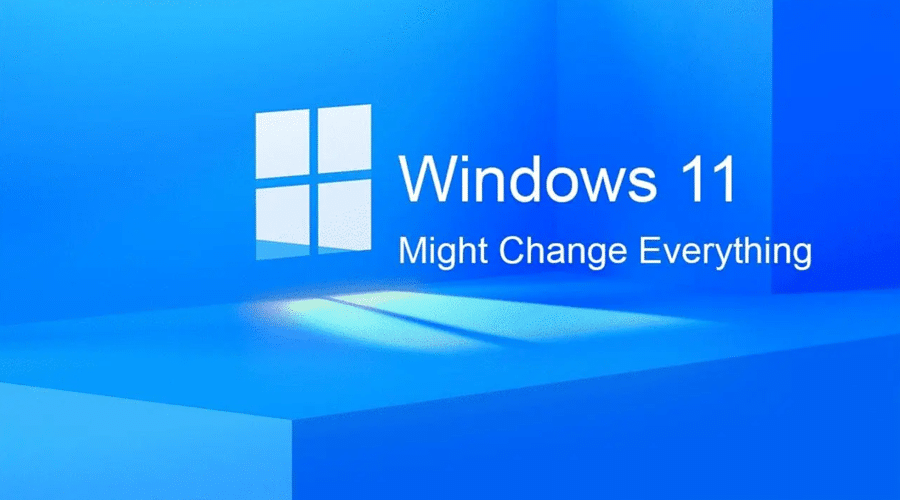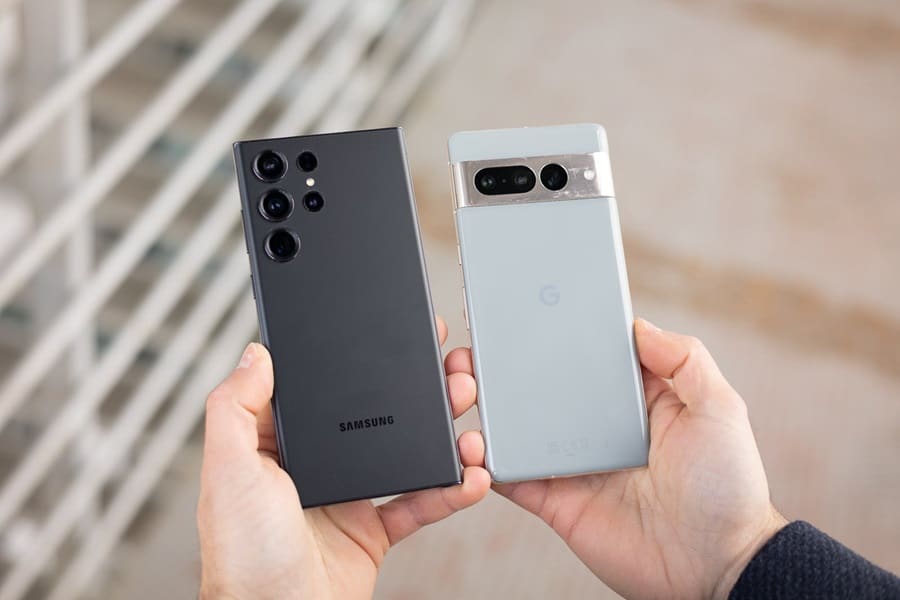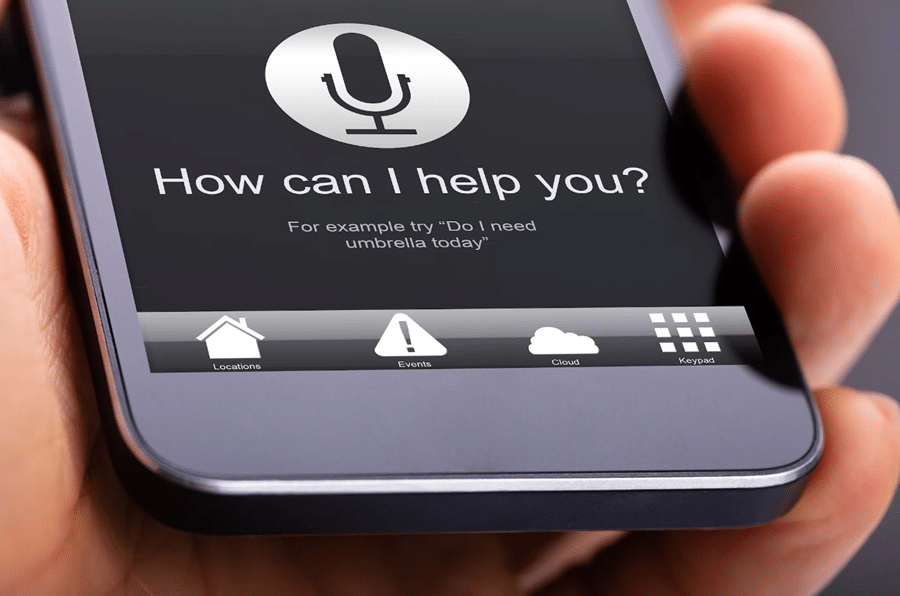With so many smartphones on the market, it can be hard to decide which one has the best camera for capturing your most memorable moments. If you’re looking to take stunning photos, then a smartphone with high-performance cameras is essential. In this post, you’ll get a look at some of the top-rated smartphones that put up an impressive performance when it comes to their photography capabilities. It’ll explore everything from resolution and low light performance to speed and shutter effects in order to help you pick out the perfect phone for all your photographic needs!
Contents
The Evolution Of Smartphone Cameras

Smartphone cameras have come a long way in a relatively short period of time. In the past, phone cameras were viewed as a novelty, with users not expecting much more than basic image-capturing capabilities. However, with technological advancements and fierce competition between phone manufacturers, smartphone cameras have evolved into powerful tools capable of capturing stunning images and videos.
Modern cameras boast incredible features, such as ultra-wide-angle lenses, high-resolution sensors, and intuitive software, which allow users to capture and edit professional-level photos directly on their phones. As the dependence on smartphones increases, so does the reliance on the camera as a critical tool in daily life. Who knows where the evolution of smartphone cameras will go next?
The Highest-Rated Smartphone Cameras
With the world of smartphone cameras becoming increasingly advanced, there are some that stand out from the rest. Below you will find a brief overview of the top-rated cameras on the market today.
Samsung Galaxy S23 Ultra
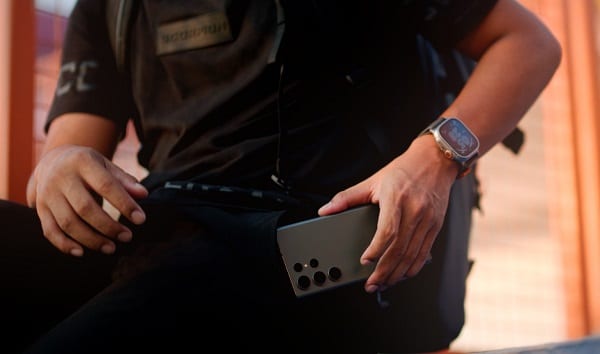
The Samsung Galaxy S23 Ultra boasts one of the best smartphone cameras on the market. With a whopping 200MP primary camera and multiple telephoto lenses, this phone is a photographer’s dream. The images captured on its 6.8-inch Super AMOLED display are crystal clear, thanks to its high resolution of 3088 x 1440. The Snapdragon 8 Gen 2 for Galaxy CPU and 8GB or 12GB of RAM allow this phone to operate seamlessly while processing large image files.
Additionally, the storage options range from 256GB to 1TB, ensuring that users have ample space to store their photos. Although the phone does not have expandable storage, this shouldn’t be a problem for most users. Lastly, the 12MP front camera is perfect for taking selfies or making video calls. Overall, the Samsung Galaxy S23 Ultra’s impressive camera capabilities and high-resolution display make it a top contender for those in the market for a new smartphone.
Google Pixel 7 Pro
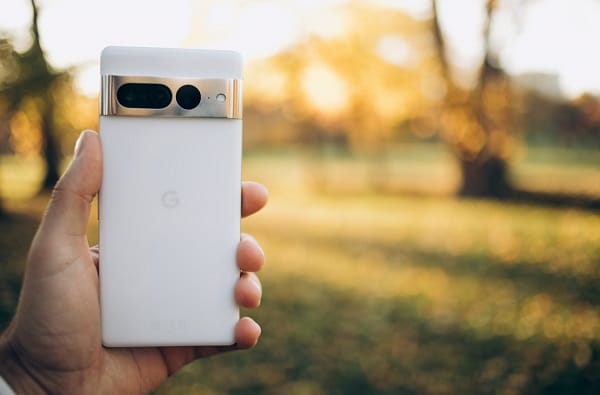
The Google Pixel 7 Pro has emerged as a game-changer in the world of smartphone cameras. It has a 50MP main camera, a 12MP ultrawide lens, and a whopping 48MP telephoto camera with 5x optical zoom that allows you to capture even the tiniest details from a distance. Moreover, the 10.8MP front camera of the phone has a wide f/2.2 aperture to click selfies that are sharp and clear. But what sets it apart is the Tensor G2 chip, which enables the camera to process images and videos at lightning-fast speeds, thereby enhancing the quality of the shots.
Furthermore, it has a 6.7-inch OLED display with a resolution of 3120 x 1440 pixels that brings your pictures to life. With 12GB RAM and up to 512GB of storage, the Pixel 7 Pro is a powerhouse device. Although weighing 7.3 ounces, it still sits comfortably in the palm of your hand. The phone’s only drawback is its battery life, lasting up to 6 hours and 31 minutes, which might fall short for some users. Nonetheless, the Pixel 7 Pro’s camera remains unmatched and is worth investing in if capturing stunning photographs is your priority.
iPhone 14 Pro Max
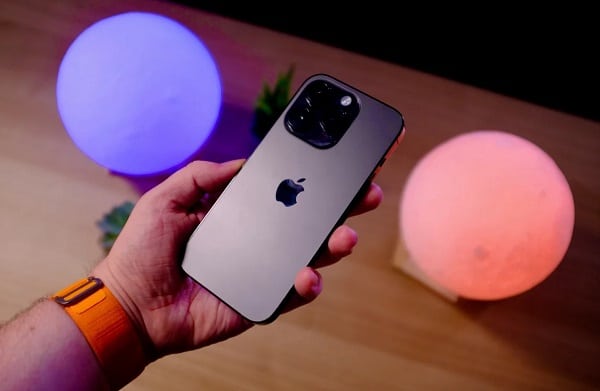
When it comes to smartphone cameras, the iPhone 14 Pro Max is undoubtedly ahead of the game. With a 6.7-inch OLED display that boasts a resolution of 2796 x 1290, this phone offers a stunning visual experience. It’s powered by an A16 Bionic CPU and 6GB of RAM, ensuring that it can handle even the most demanding tasks with ease. But what really sets this phone apart is its camera system. With a 48MP main camera that includes 2x optical zoom, a 12MP ultrawide lens, and a 12MP telephoto lens with 3x optical zoom, you can capture stunning photos from virtually any angle.
The front-facing camera is also impressive, with a 12MP lens that features an f/1.9 aperture. All of this technology comes in a package that weighs just 8.5 ounces and offers a battery life of up to 14 hours and 42 minutes. It’s clear to see why the iPhone 14 Pro Max has one of the best smartphone cameras on the market.
Vivo X90 Pro

The Vivo X90 Pro has earned a reputation for having one of the best smartphone cameras on the market thanks to its impressive specifications. With a primary camera of 50.3MP and a 1/00″ sensor with 1.6 μm pixels, the X90 Pro can easily capture even the most intricate details. The f/1.8 aperture lens, Dual Pixel PDAF, and OIS further enhance the camera’s capabilities.
In addition, the ultra-wide 12 MP lens with a 108˚ field of view and the tele lens with a 50 MP 1/2.4″ sensor and f/1.6 aperture lens with OIS makes for an all-around high-performing camera. The camera also boasts video capabilities of 8K, 4K at 60/30fps, and 1080p at 60/30fps, making the X90 Pro a fantastic choice for capturing both images and videos. Overall, its specifications clearly indicate that the Vivo X90 Pro’s camera is a force to be reckoned with.
OnePlus 11
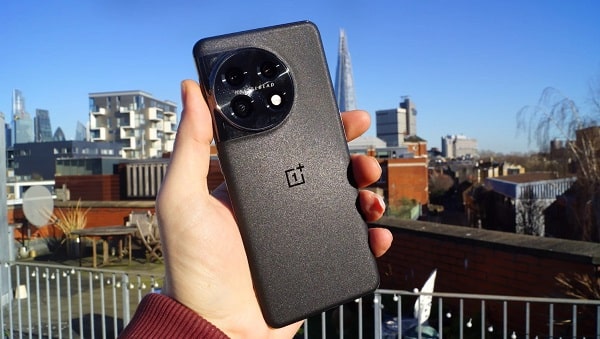
If you’re in the market for a smartphone with a top-of-the-line camera, the OnePlus 11 is definitely worth considering. The 50MP main camera is capable of producing stunning shots in almost any lighting conditions, while the 48MP ultra-wide and 23MP telephoto lenses add even more versatility to your photography. But the camera isn’t the only impressive feature of the OnePlus 11.
The 6.7in AMOLED display has a lightning-fast 120Hz refresh rate and supports Dolby Vision HDR, which results in stunningly clear and vivid visuals. And with Qualcomm’s Snapdragon 8 Gen 2 chipset, the OnePlus 11 delivers top-level performance no matter what you’re doing. Overall, the OnePlus 11 has definitely earned its spot as one of the best smartphones on the market for photography enthusiasts.
Choose From Some Of The Best Smartphone Cameras On The Market!
Smartphones have drastically changed the way in which people live their lives. Gone are the days of traditional point-and-shoot cameras; instead, you now have access to high-performance smartphone cameras that provide top-notch picture quality. The phones discussed above are amongst the best that money can buy, each offering a specific benefit and feature that makes them stand out from their competitors. Whichever you choose, any of these five will yield stunning results and would make an excellent choice for those wishing for a top-notch camera experience from their phone.
